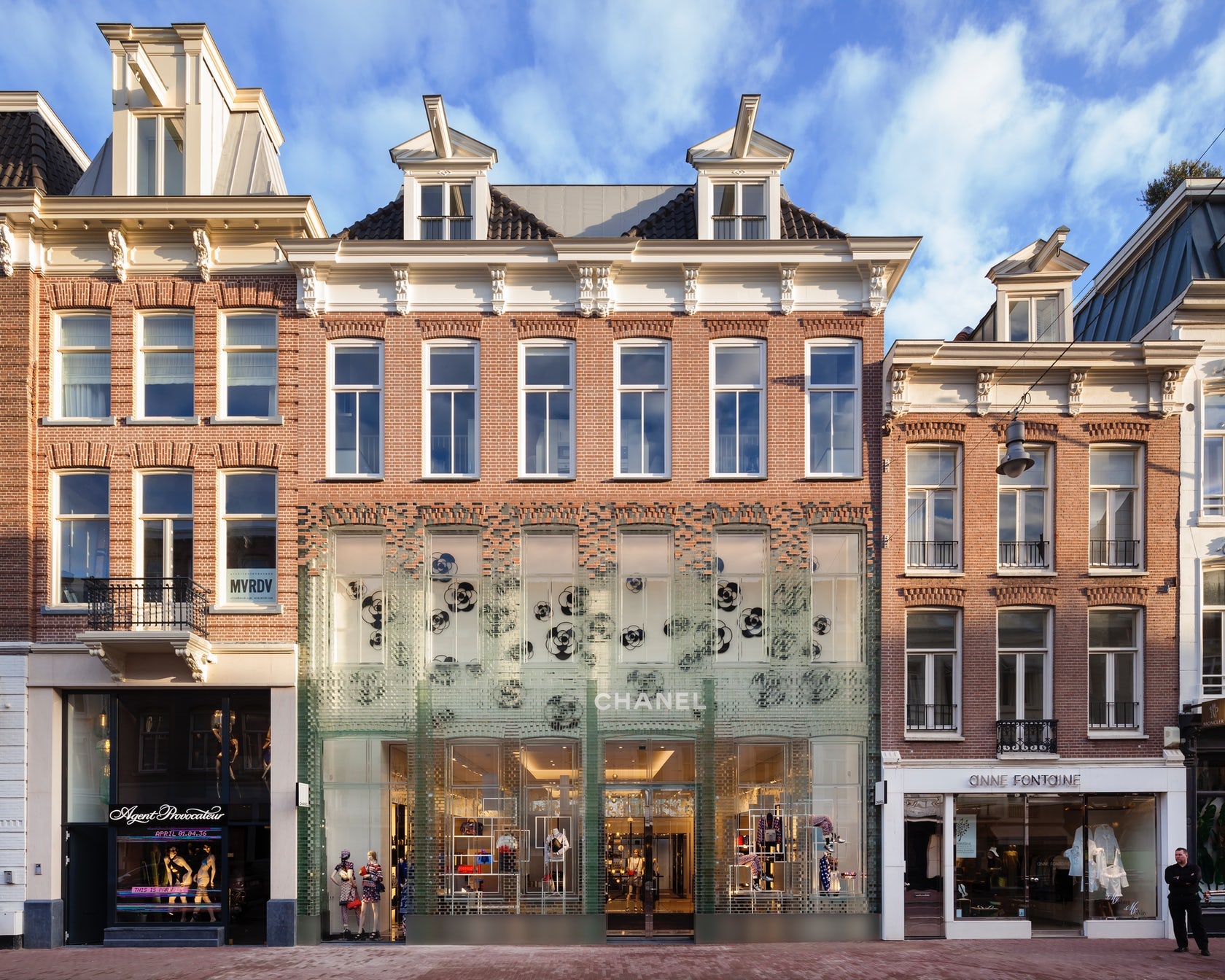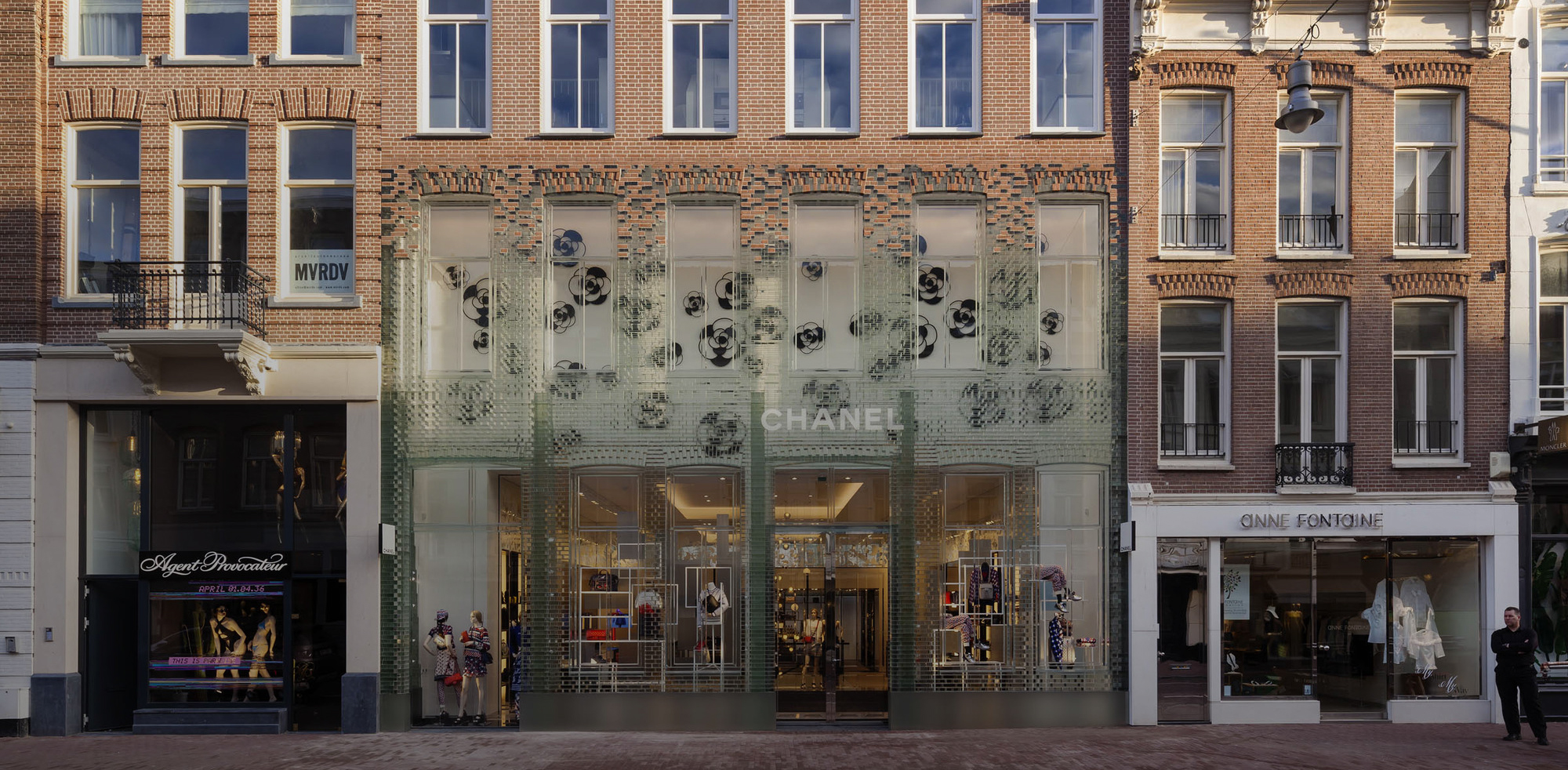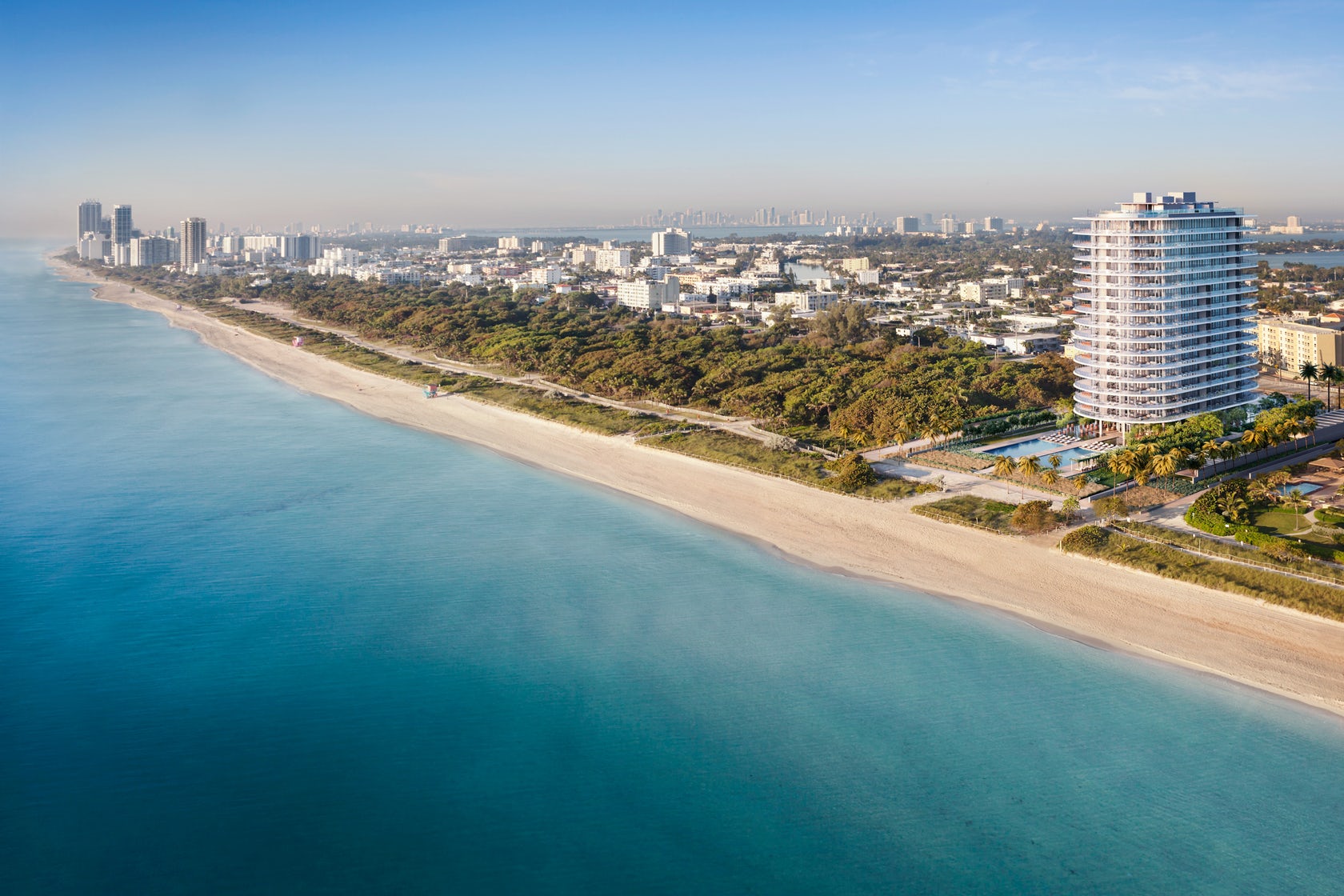The judging process for Architizer's 12th Annual A+Awards is now away. Subscribe to our Awards Newsletter to receive updates about Public Voting, and stay tuned for winners announcements later this spring.
How do you reinvent the brick?
It’s not every day that an architecture firm rethinks one of world’s oldest and most ubiquitous materials — but that’s precisely what the design mavericks of Dutch firm MVRDV did for their radical transformation of a storefront in Amsterdam.
The firm’s Crystal Houses project swept to victory as the Popular Choice Winner in the Commercial-Mixed Use category 2017 A+Awards, due in large part to the stunningly beautiful finished façade for this high-end flagship store. However, it was also because of a brilliantly documented manufacturing process that lays bare one of the most ingeniously detailed retail projects completed during the last decade.

This remarkable reinterpretation of a traditional building material began with a conversation between the client, Warenar, and MVRDV’s co-founding director Winy Maas. “We said to the client, ‘Let’s bring back what will be demolished but develop it further’,” explained Maas, reflecting on the original, driving concept behind the project.
“Crystal Houses make space for a remarkable flagship store, respect the structure of the surroundings and bring a poetic innovation in glass construction. It enables global brands to combine the overwhelming desire of transparency with a couleur locale and modernity with heritage. It can thus be applied everywhere in our historic centers.”

Maas’s ambitious aims could only be achieved through a series of material experiments and technical innovations, many of which arose from MVRDV’s eclectic mix of partnerships for this unique project. First, solid glass bricks were cast by Italian glass manufacturers Poesia. To ensure structural integrity and aesthetic consistency, these transparent bricks required exquisite craftsmanship. Each brick edge was filleted with a radius of exactly 3mm and every side was made perfectly parallel with its opposite face, with a maximum tolerance of +/- 0.25mm.

Working with researchers at Delft University of Technology and consultants from Dutch engineering firm ABT, the team then developed a new structural system using a high-strength, UV bonded, transparent adhesive from Germany-based Delo Industrial Adhesives. This would allow the glass bricks to be laid without the use of traditional mortar, thereby maintaining the maximum level of transparency for the crystal sections of the elevation.


What followed was an unprecedented construction process that upended all conventions — even for MVRDV, a studio that is no stranger to avant-garde architecture. “Six to 10 experts worked every day for a whole year in a place that bore more resemblance to a laboratory than a construction site,” explained the firm. “Due to the sensitivity of the materials, an extremely high level of accuracy and craftsmanship was required and a technical development team was onsite throughout the process.”

The project involved the careful demolition of three existing buildings on P.C. Hooftstraat 94, followed by the meticulous construction of glass brick walls, blended incrementally with traditional terracotta bricks higher up to create a façade that appears to melt away as it reaches the floor. Not only did the design necessitate new materials, it also called for unexpected construction tools ranging from “high-tech lasers and laboratory grade UV-lamps” to the “slightly lower-tech Dutch full-fat milk, which, with its low transparency, proved to be an ideal liquid to function as a reflective surface for the leveling of the first layer of bricks.”
A construction video put together by Warenar highlights the almost comically laborious nature of this brick-laying process. However, the finished photographs also reveal the unparalleled level of accuracy and stunning detailing made possible by adopting precision techniques rarely seen on a construction site.
The end result is a stunningly beautiful, crystalline elevation akin to something out of Disney’s Frozen, but any worry about fragility is unfounded. “Despite its delicate looks, strength tests … proved that the glass-construction was in many ways stronger than concrete,” explained the architects. “The full-glass architrave, for instance, could withstand a force of up to 42,000 Newton; the equivalent to two full-sized SUVs.”


The building process was also surprisingly energy efficient despite its unusual material make-up. During fabrication and construction, any bricks that were cast imperfectly were simply melted down and remolded, resulting in minimal wastage. In fact, says MVRDV, “once the building has reached the end of its life span, the whole façade can be melted down and given a new life.” Aside from its unique aesthetic qualities, the project also gives new meaning to the idea of temporary or recyclable architecture.

In the realm of retail design and beyond, MVRDV’s project looks likely to serve as a compelling precedent for architecture firms in the years to come. Maas’ vision — to create what could be a new construction template for transforming storefronts on historic high streets — was extraordinarily ambitious, but the technical achievements behind Crystal Houses undoubtedly matches these lofty aims.
The judging process for Architizer's 12th Annual A+Awards is now away. Subscribe to our Awards Newsletter to receive updates about Public Voting, and stay tuned for winners announcements later this spring.









